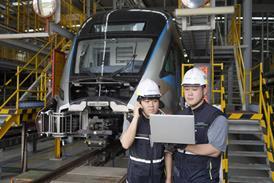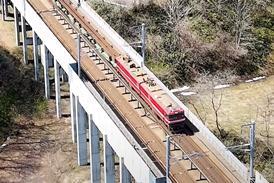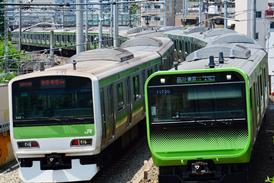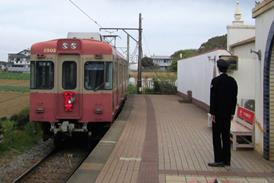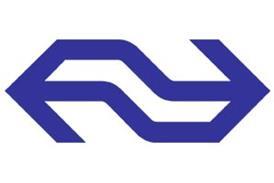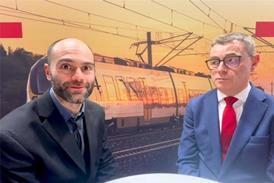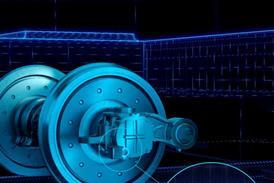Close menu
- Home
-
News
- Back to parent navigation item
- News
- Traction and rolling stock
- Passenger
- High speed
- Freight
- Infrastructure
- Policy
- Technology
- Ticketing
- Business
- Research, training and skills
- Accessibility and inclusion
- People
- Urban rail news
- Suburban and commuter rail
- Metro
- Light rail and tram
- Monorail and peoplemover
- Regions
- InnoTrans
- In depth
- Events
- Data
- Maps
- Tenders & Jobs
- Sponsored content
- Insights
Electric or diesel: tilting may tip the balance
By Railway Gazette International1997-08-01T10:00:00
Economic, technical, environmental and ergonomic factors must be addressed when selecting traction power. However, parameters shift if tilt is to be used. Felix Schmid* examines the issues which engineers must assessTravel time is a key element in the attractiveness of an inter-city or inter-regional rail service. Increasing maximum speed over ...
Already have an account? LOG IN
To continue…
You’ve reached your limit of content for the month

